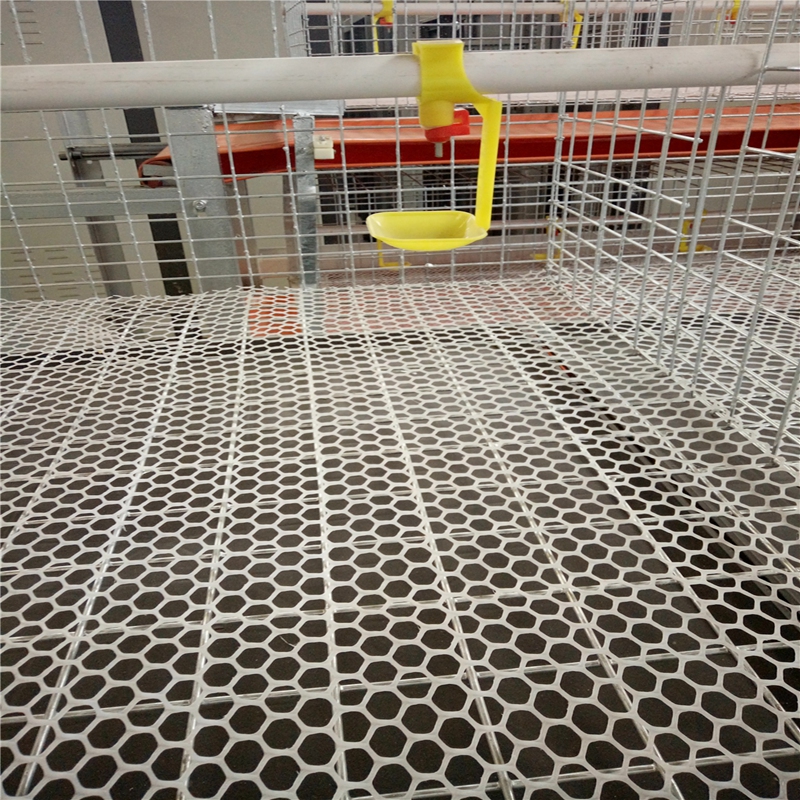Chick Rearing Cages - Optimal Solutions for Raising Healthy Chickens
Sep . 06, 2024 08:04 Back to list
Chick Rearing Cages - Optimal Solutions for Raising Healthy Chickens
Chick Rearing Cage An Innovative Solution for Poultry Farming
The demand for poultry products has been on the rise, prompting farmers to seek innovative solutions that not only enhance productivity but also ensure the welfare of the birds. One such innovation is the chick rearing cage, a specialized housing system designed to meet the developmental needs of young chicks. This article explores the features, benefits, and best practices associated with chick rearing cages.
What is a Chick Rearing Cage?
A chick rearing cage is an enclosed structure used to house chicks from the time they hatch until they reach a certain age, typically around 6 to 8 weeks. These cages are designed to provide a safe and controlled environment where chicks can grow, thrive, and develop their natural behaviors. Unlike traditional rearing methods which may involve extensive space and outdoor access, chick rearing cages focus on maximizing comfort and minimizing stress.
Key Features
1. Space and Design Chick rearing cages are designed to provide adequate space while ensuring that chicks are not overcrowded. This design promotes natural movement and reduces the risk of stress-related behaviors. Cages typically feature multiple levels, allowing for vertical space utilization.
2. Climate Control Maintaining the right temperature and humidity levels is critical for young chicks. Chick rearing cages are often equipped with heating systems, ventilation, and humidity control to create an optimal microclimate. This is essential for promoting healthy growth and preventing diseases.
3. Feeding and Watering Systems Automated feeding and watering systems are integrated into many chick rearing cages. These systems ensure that chicks have constant access to clean water and high-quality feed, which is crucial for their development.
4. Biosecurity Measures Disease prevention is a top priority in poultry farming. Chick rearing cages are designed with biosecurity in mind, featuring barriers that minimize contact with potential pathogens and external contaminants.
chick rearing cage

Benefits of Chick Rearing Cages
1. Improved Growth Rates Research has shown that chicks raised in rearing cages tend to have better weight gain compared to those raised in traditional settings. The controlled environment helps reduce stress and promotes optimal growth.
2. Enhanced Welfare By providing a secure and comfortable environment, chick rearing cages contribute to the overall welfare of the birds. Reduced stress levels lead to healthier chicks, which in turn results in lower mortality rates.
3. Efficient Resource Use These cages enable farmers to use resources more efficiently. With automated systems for feeding and watering, labor costs can be reduced while ensuring that the chicks receive proper nutrition.
4. Easier Management Chick rearing cages simplify management tasks such as monitoring health, feeding, and cleaning. The design allows for easy access to the birds, making it convenient for farmers to conduct regular health checks and maintenance.
Best Practices for Using Chick Rearing Cages
To maximize the benefits of chick rearing cages, farmers should adopt best practices such as regular monitoring of temperature and humidity, ensuring cleanliness and biosecurity, and providing a balanced diet tailored to the chicks' developmental needs. Additionally, integrating enrichment activities can promote natural behaviors and improve the overall well-being of the chicks.
In conclusion, chick rearing cages represent a significant advancement in poultry farming. By combining innovative design with a focus on animal welfare, these cages offer a promising solution for producing healthy, high-quality poultry. As the industry evolves, embracing such innovations will be crucial for meeting the growing demand for poultry products while ensuring sustainable practices.
-
Hot Sale 24 & 18 Door Rabbit Cages - Premium Breeding Solutions
NewsJul.25,2025
-
Automatic Feeding Line System Pan Feeder Nipple Drinker - Anping County Yize Metal Products Co., Ltd.
NewsJul.21,2025
-
Automatic Feeding Line System Pan Feeder Nipple Drinker - Anping County Yize Metal Products Co., Ltd.
NewsJul.21,2025
-
Automatic Feeding Line System - Anping Yize | Precision & Nipple
NewsJul.21,2025
-
Automatic Feeding Line System - Anping Yize | Precision & Nipple
NewsJul.21,2025
-
Automatic Feeding Line System-Anping County Yize Metal Products Co., Ltd.|Efficient Feed Distribution&Customized Animal Farming Solutions
NewsJul.21,2025






